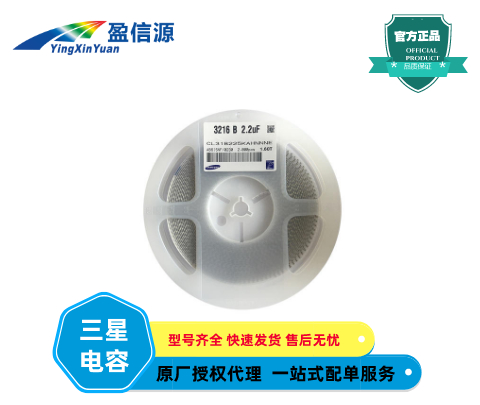Application of electronic components in household appliancesIssuing Time : 2020-06-11

Application of capacitors In many electronic products, capacitors are indispensable electronic components. They serve as smooth filtering of rectifiers, power supply and decoupling, bypass of AC signals, AC coupling of AC and DC circuits in electronic equipment.
In the DC circuit, there are many applications, almost all electrical appliances with intelligent circuit control have its figure.
Such as TV, telephone, air conditioner, recorder, mobile phone, computer, etc... In AC circuit, it is generally used for single-phase motor starting and running. In terms of home appliances, they are generally used for air-conditioning presses, as well as their intelligent control circuit boards.
Application of chip capacitors in the design of household appliances and electrical equipment
Now home appliances components are analyzed and installed using ANSYS software, ANSYS thermal, structural, fluid, electromagnetic field simulation and optimization analysis functions, as well as the ability to solve the problem of coupling between various physical fields, for the development and design of various electromechanical products, household appliances, etc. Outstanding analytical simulation and optimization methods.
So as to ensure the stability, reliability and durability of the product, and strive for the advantage and position of the product in the market. At present, it is widely used in various fields such as electromechanical systems and overall performance evaluation of home appliances.
1. Coupling field analysis function of home appliances
Coupled field unit with temperature and displacement freeness, temperature load and mechanical load can be applied separately or at the same time. When analyzing high-frequency or low-frequency heating, the heat distribution in the structure and the resulting stress and deformation.
Solve a series of problems in research and design, such as chip heat failure, heat dissipation of electronic systems, thermal waste of PCB boards, thermal deformation, and the overall degree and stability of electronic structures.










